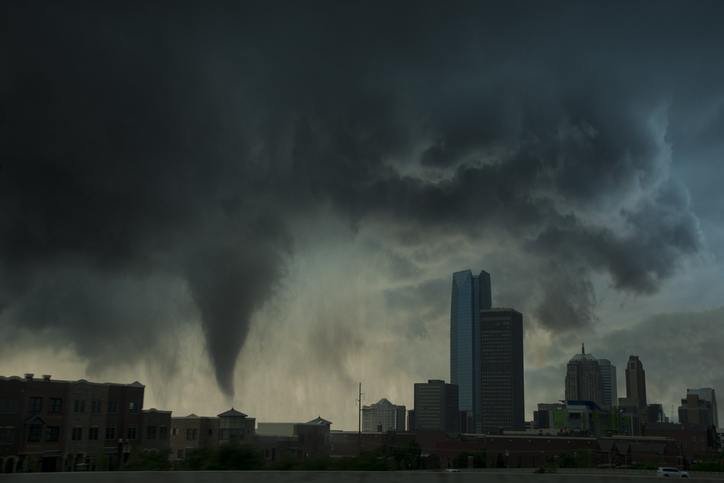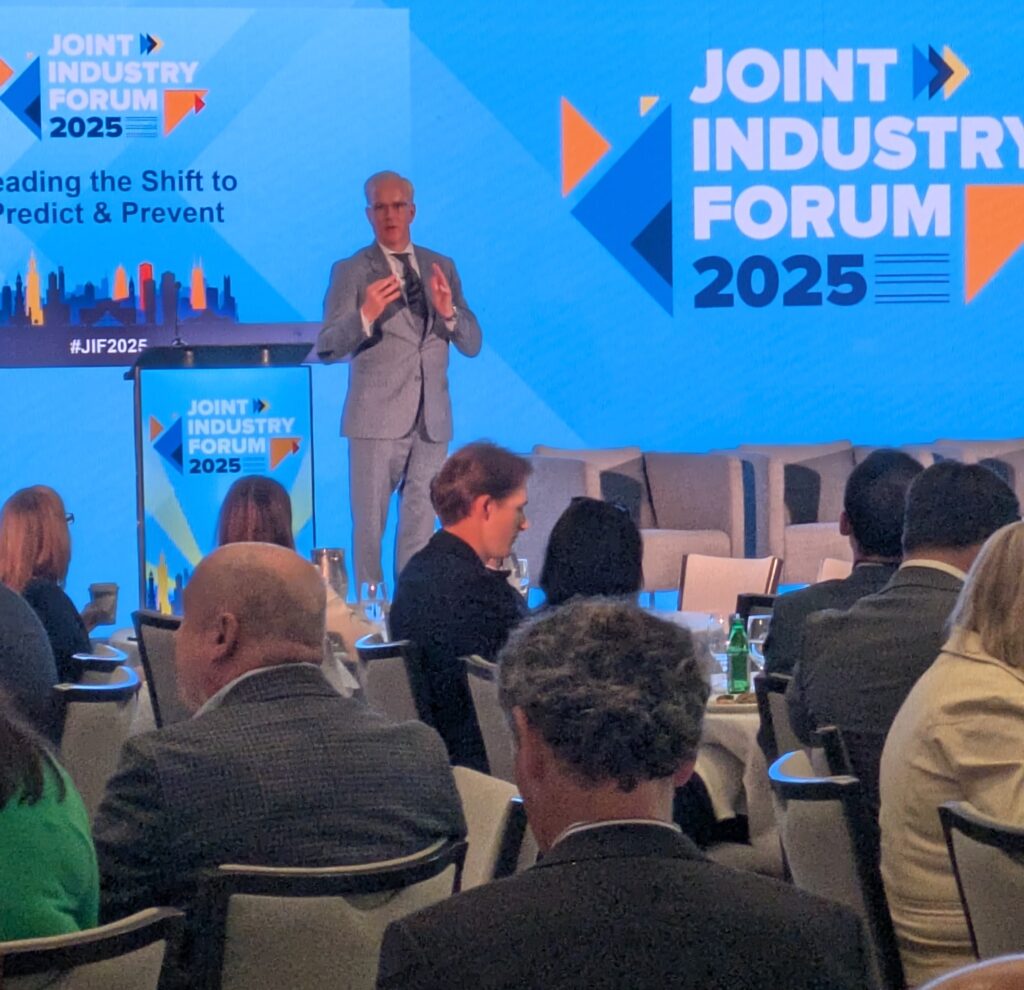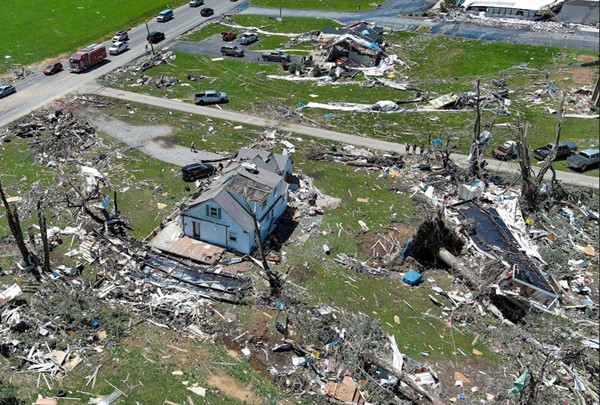
By Lewis Nibbelin, Research Writer, Triple-I
In a year marked by severe convective storm-induced damage across the United States, timely and accurate data is more essential than ever to understand, predict, and prevent these evolving weather perils. Though federal cuts to weather monitoring and modeling have raised concerns about the industry’s capacity for risk mitigation, a new research center backed by insurers and the U.S. National Science Foundation (NSF) aims to help bridge the gap.
Directed by Dr. Victor Gensini, a professor at Northern Illinois University and a Triple-I non-resident scholar, the Center for Interdisciplinary Research on Convective Storms (CIRCS) will leverage the expertise of nearly two dozen scientists to develop research focused on advancing resilience against severe convective storms, which range from thunderstorms with lightning to tornadoes, straight-line winds, and hail.
Northern Illinois University and the University of Wisconsin-Madison launched CIRCS with $1.5 million in funding from NSF, as part of a joint initiative with the National Oceanic and Atmospheric Administration (NOAA) to create an Industry-University Cooperative Research Center (IUCRC) that can support the insurance sector.
Beyond funds under the IUCRC model, CIRCS also receives “funding for research, students, and lab equipment” from private industry members, most of whom are “insurance and reinsurance companies interested in research on convective storms,” said Gensini, who teaches in NIU’s Department of Earth, Atmosphere, and Environment. He added that CIRCS includes actuarial scientists within its panel of experts to “approach this specific peril from multiple directions.”
Rising in both frequency and severity, convective storms accounted for $42 billion in global insured losses during the first half of 2024 alone, driven by 12 U.S. storms with $1 billion or more in losses each, according to a Swiss Re report. Later Gallagher Re data supports the trend, with large U.S. thunderstorms contributing to $46 billion in insured losses through the third quarter of 2025, the fourth-costliest year on record.
Paradigm-setting research
In addition to the center’s launch, Gensini recently celebrated a major data haul gathered during the largest hail study ever conducted, known as ICECHIP – short for In-situ Collaborative Experiment for Collection of Hail in the Plains. Funded with an $11 million grant from NSF, the field study sent Gensini and more than 100 other scientists and students across the Great Plains to chase and analyze hailstorms, which facilitate as much as 80 percent of severe convective storm claims in any one year.
Collecting more than 10,000 stones for study, the researchers hope to reduce hail risk through improved forecasting, enabling residents to better protect themselves and their belongings before a hailstorm hits. As the first field campaign dedicated to studying hail since the 1970s, ICECHIP’s participants expect their data to inform research analysis for years to come, NIU reported.
“We recovered tennis-ball-sized hail or greater in about half of our instrument deployments,” Gensini said. “You hope and dream for these kinds of observations in order to push forward hail science.”
By partnering academia with industry and government agencies, CIRCS and ICECHIP showcase the kinds of collaborative, data-driven solutions needed to address climate risks in ways that respect the unique needs of all affected groups, fostering risk management strategies that can build resilience at a community level.
Learn More:
Storm-Resistant Roof Efforts Gain Ground
2025 Tornadoes Highlight Convective Storm Losses
Severe Convective Storm Risks Reshape U.S. Property Insurance Market
Hail: The “Death by 1,000 Paper Cuts” Peril
Triple-I/Milliman: Severe Convective Storms Restrain P&C Growth









